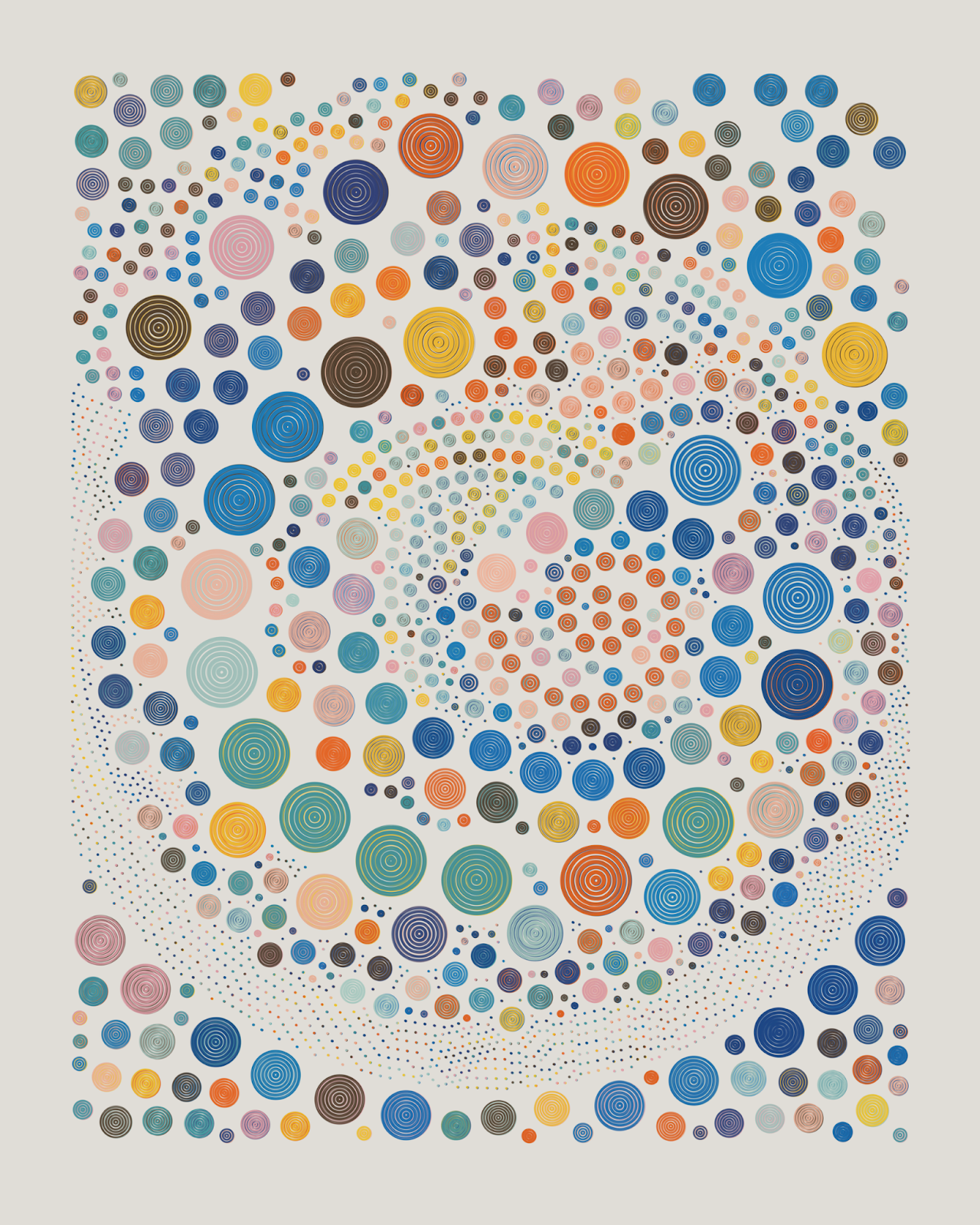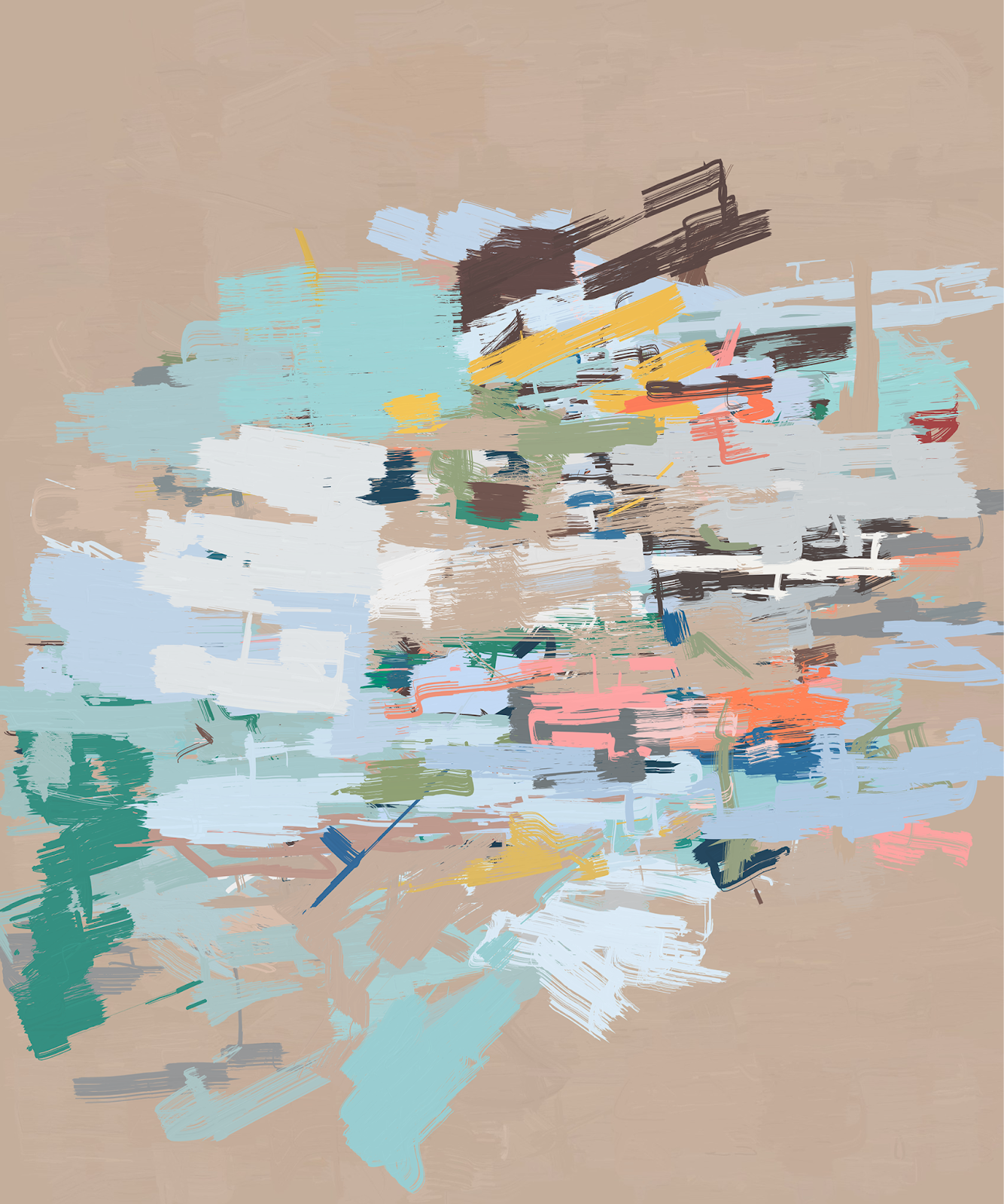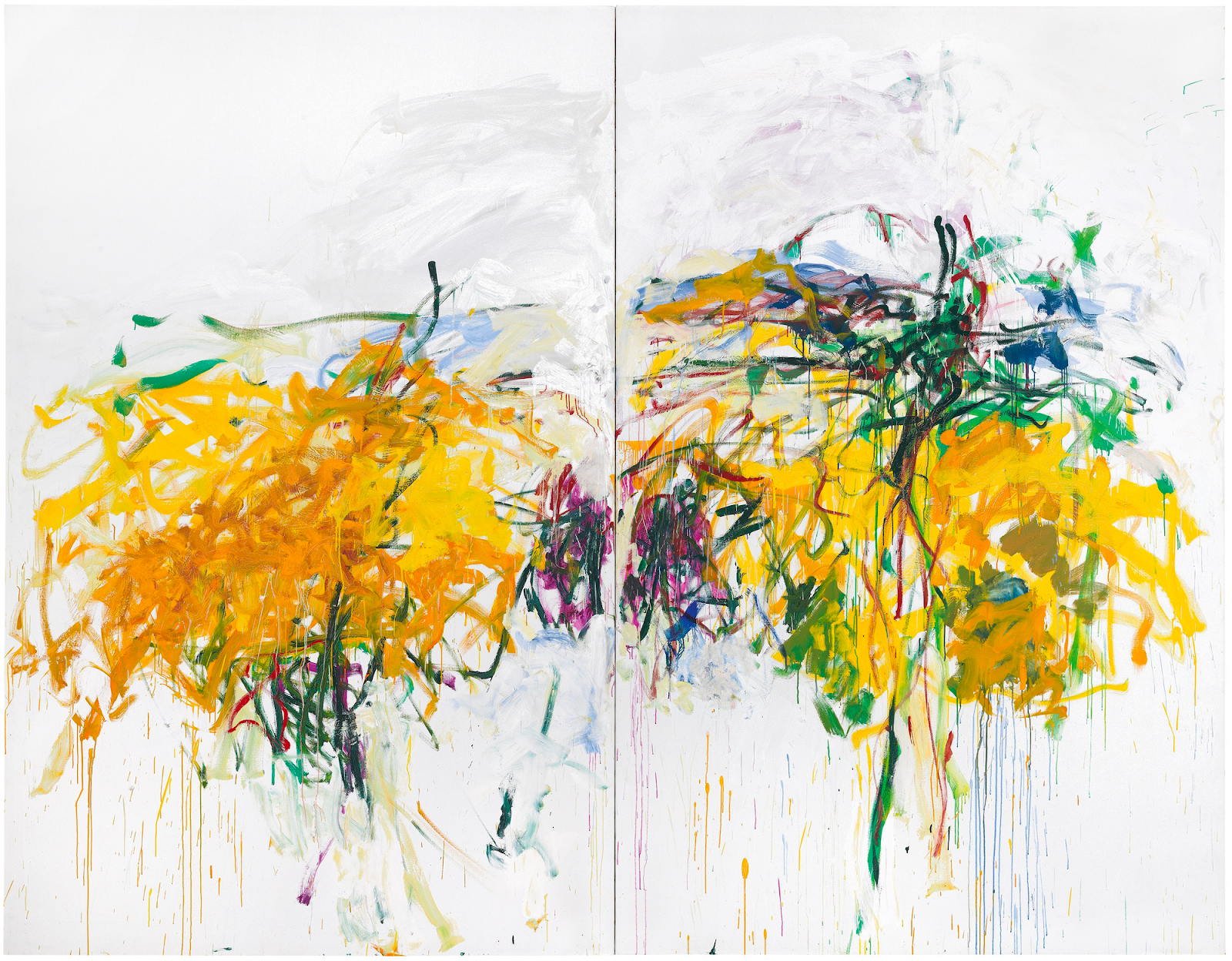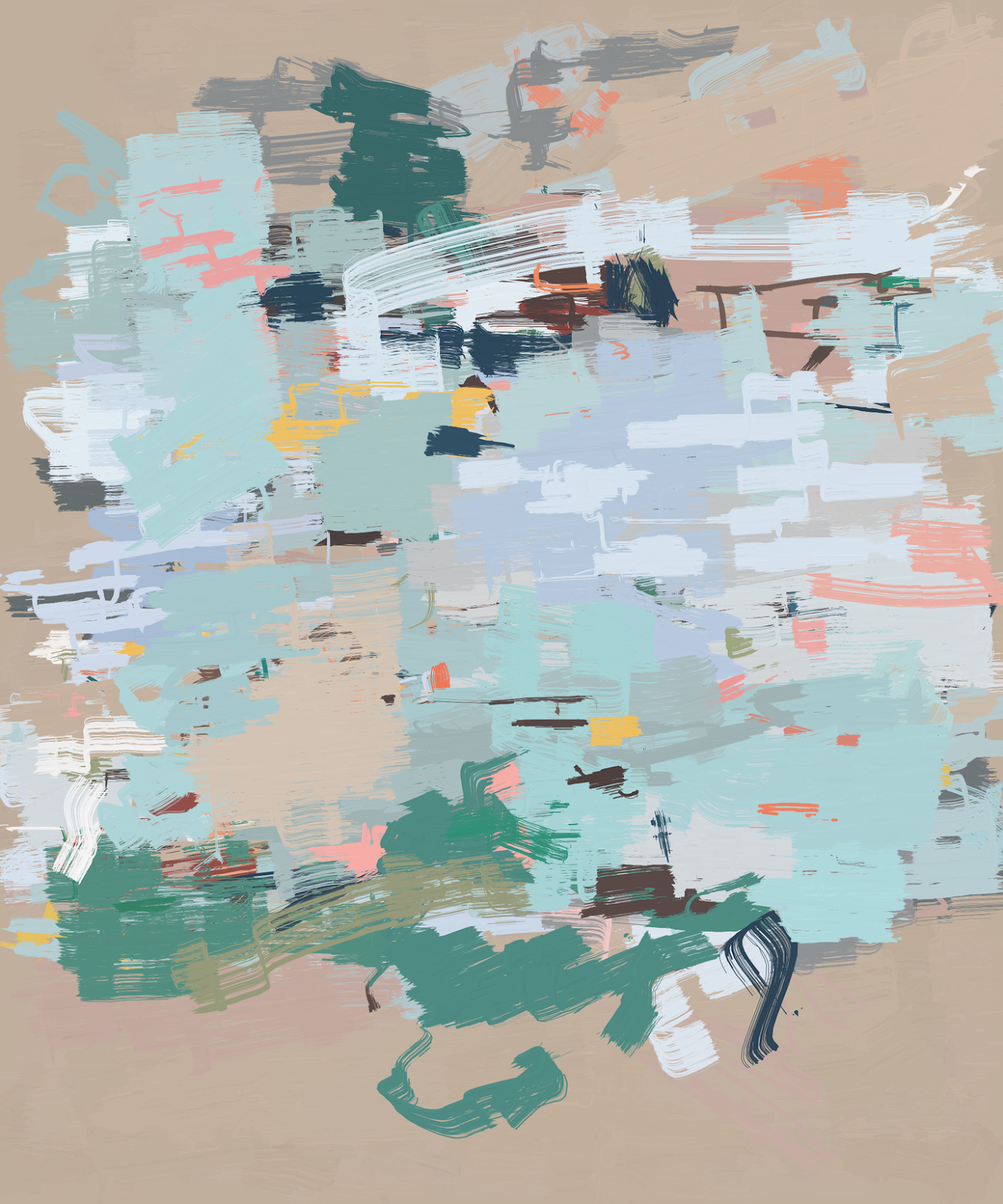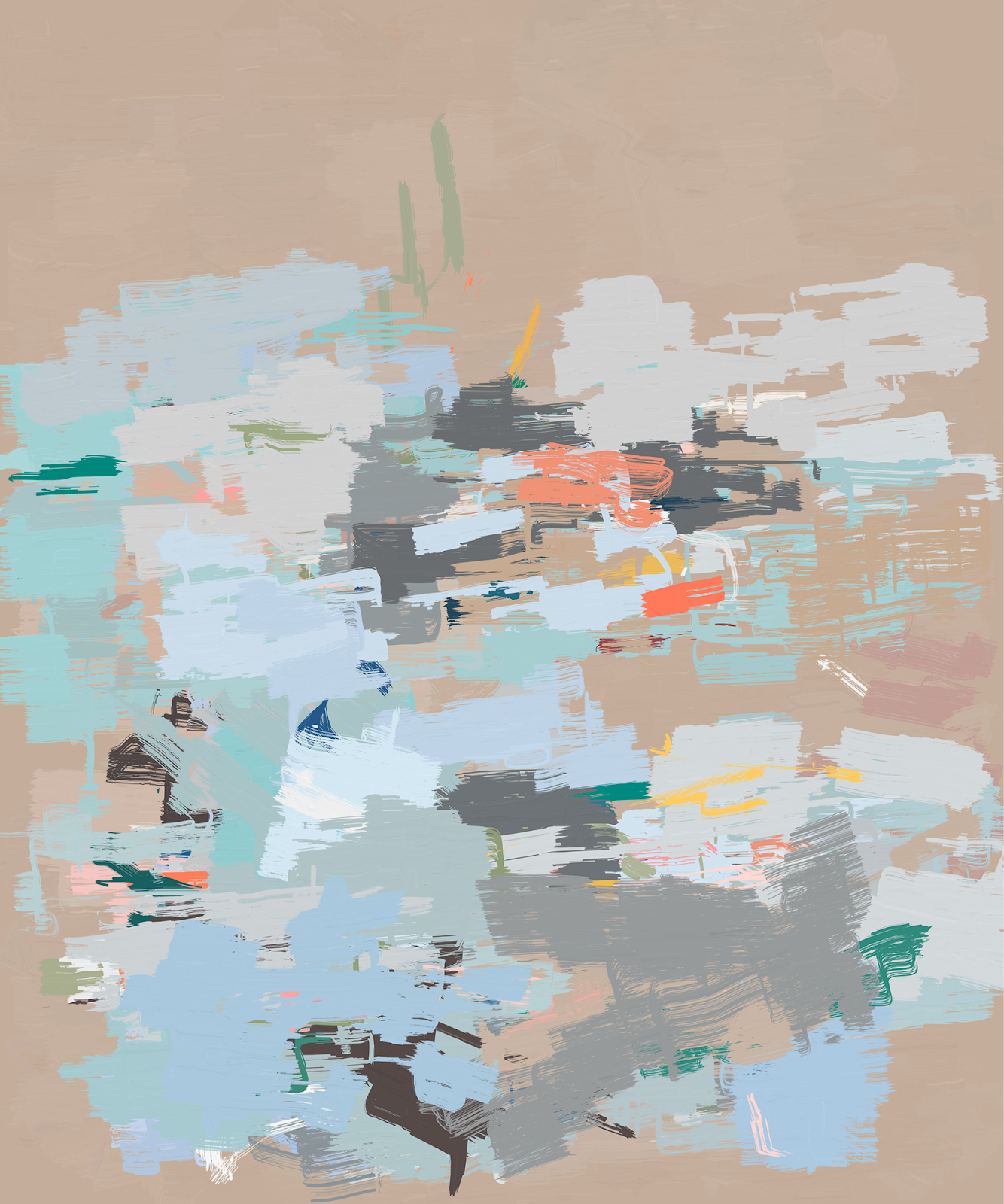Cactoid Labs’ curator and co-founder Lady Cactoid recently sat down with artist Tyler Hobbs to explore his process and the work he is creating in dialogue with LACMA’s permanent collection for the project Remembrance of Things Future, curated and engineered by the experimental blockchain consultancy Cactoid Labs.
Building upon LACMA’s historic engagements with Art and Technology, Remembrance of Things Future is an invitation to travel via the blockchain back in time through the museum’s encyclopedic collection. Utilizing tools such as generative code, Hobbs, alongside other pioneering artists, has been invited to select objects from LACMA and make new digital editions inspired by the museum’s holdings. Released on the blockchain in phases, a percentage of proceeds from these limited Remembrance of Things Future digital editions go to support LACMA’s Art + Technology Lab. More information on this project can be found at lacma.cactoidlabs.io.
Hi, Tyler! Let’s begin by talking about your artistic background, how code made its way into your practice, and your preferences behind the programming language you use.
Hello! Code was not always a part of my artistic practice. Until I was 26, I made all of my visual art using traditional materials: pencils, pens, watercolors, acrylic, and oil paints, primarily. That’s where I learned the fundamentals. I studied all of the greats, and I spent a considerable amount of time mastering figure drawing.
In college, I studied computer science. Programming came naturally to me, and I excelled at it. After college, I worked as a software engineer at a couple of tech startups in Austin. Programming really shaped how I viewed the world. I began to look at the world around me through a lens of patterns and processes. It was only a matter of time until I experimented with combining programming with visual art, my life-long passion. Since then, my approach to making art has really come to life, and I’ve never looked back.
The programming language I use to create my artwork, Clojure, is a general-purpose language. It’s not specific to generative art. It’s a bit of an esoteric language, but it’s quite powerful and gives me a lot of flexibility in a way that is good for making artwork. Compared to Javascript, I can accomplish a lot with a small amount of code.
When I started learning the computer language p5js online, I was excited to stumble upon a video of you teaching a particular watercolor-like effect with code. That open-source, unguarded mentality of sharing knowledge that is so readily found in the engineering field is quite different from the traditional art world. How has this community and the whole open-source ethos impacted your development?
It certainly shaped my attitudes about sharing and community. Most of the projects I worked on as an engineer were open-source. I saw the kind of community-building that it enables, and the virtuous cycle of giving that it promotes. The most powerful ideas are not simply the “best” ones, but the ones that can be shared and grown most effectively.
In the art world, it’s common to be protective of your work. As an artist, you have to take such a long and particular path to arrive at your own unique methodology and set of techniques. Understandably, artists feel protective of something they’ve worked so hard for. And, there is indeed a risk to being open. But the world of open-source shows us what the potential upside is, and it’s huge. If you can push yourself beyond your fears around sharing, your work can potentially become much more powerful.
Which artists have you been influenced by and what elements of their work were you most drawn to?
Traditional painters influenced me much more than computational artists. I didn’t really connect with a lot of the digital art that I saw, but I felt immensely moved by many drawings and paintings. In 2014, when I first started making generative work, I spent a lot of time looking at Wassily Kandinsky, Mark Rothko, Franz Kline, Helen Frankenthaler, and Robert Motherwell. I liked that their work invites you to engage on a purely sensory and emotional level.
As I progressed with generative art, I noticed more and more connections to other painters. Op artists, like Bridget Riley and David Whitaker, had been working with precise structure and patterns for a long time. Agnes Martin and Richard Diebenkorn spent time manually exploring a type of generative compositional system. Anni Albers and other artists working with textiles were working with algorithmic patterns all along. To realize this was very enriching for me.
I feel like there are so many artists that I’ve drawn helpful bits and pieces from. From Philip Guston, I realized the capabilities of gray. From Francis Picabia, I’ve learned about transcending reality. From Mark Bradford, I understood the possibility for a work of art to somehow be a sketch of an entire environment.
How would you describe your creative process and how has it evolved with time and experience?
I don’t have one single process that I follow for all, or even most, works. I use a variety of strategies, depending on what is calling me most at that moment in time. I try to make a regular habit of sketching, both in a physical sketchbook and through code on my computer. Sketching is just a mindset. I’m not there to make a finished work; it doesn’t have to lead to anything. Failure is an acceptable and expected outcome. Sometimes the sketches happen to hit something interesting, and then they may become the basis for a work.
Often, new work grows out of old work. With every work, I hit a fork in the road, and I have to make an artistic choice about which direction to take. Sometimes, the direction that I didn’t take can be a fruitful starting point for new work.
When I had less experience as an artist, I thought that “grand visions” were the way you made great art. I thought it was possible to have a really good idea up front, and then it would simply take hard work to execute it. I learned over the years that I am much more successful when I take a different approach. Now, I prefer to start work with no particular preconception about what the finished work will be like. I treat it as a journey. My job is to discover the final artwork. I pick a very simple starting point, one that’s easy to get past the “blank canvas” with. From there, I enter an exploratory mindset. I play with all of the options. I’ll see if a particular twist in the algorithm makes it interesting, or if a new color strategy might work, or if a compositional strategy I’ve used before can be integrated into the new idea, and so on. If I try something and don’t like how it turns out, it’s easy for me to undo it. In this way, step by step, I figure out what the best version of the work is. What I like about this approach is that it allows me to bypass the limits of my imagination. I don’t have to be capable of dreaming the whole thing up from the start.
One of your most well-known bodies of work is Fidenza. Could you tell us more about what this series explored? Did it mark a notable shift from your prior work, in the introduction of larger outputs, a so-called “long-form generative script”? Additionally, what role did your utilization of the flow field algorithm play?
For me, Fidenza represented the culmination of something I had been working towards for years. One of my goals for my generative art was to create an algorithm that would be interesting for an increasingly large number of outputs. When I first started with generative art, my programs didn’t contain a lot of variety, and so it was only interesting for a viewer to see one or two outputs. Over the years, that gradually increased, and I would look to use five, 10, or 20 outputs from a single algorithm. I knew that it was possible to push that to larger output sets, but Fidenza was a big test for me in that area. With 999 outputs, it had to be significantly more varied than anything I had created before.
The flow field algorithm was a core part of what allowed Fidenza to be interesting for so many outputs. It’s also what gives it a somewhat organic feel. Basically, it is what shapes the curves in the composition, allowing them to be both smooth and non-overlapping. I crafted my usage of flow fields over many years, always experimenting with different ways to use them.
In September of 2022 you collaborated with the engineer and digital art collector Indigo Mané to create QQL, a generative series designed to allow people to interact with your algorithm and make choices about what the outputs looked like. Tell us about QQL and the role of the “parametric artist” (a phrase that refers to the idea of the collector—not the artist—being allowed to play with your algorithm’s various “parameters” like color, density of shapes, or structural placement of shapes).
QQL shifts the focus of the generative process strongly towards the curation step. Unlike Fidenza, which had no curation, the QQL output is heavily curated. That curation can happen by anybody in the community. The collectors are the ultimate curators, though, as they decide which outputs from the algorithm become part of the canonical set.
In order to facilitate that curation, and exploration of the algorithm in general, we constructed a special interface for QQL. Anybody who wants to can easily play with the algorithm and steer it in a new direction.
As a result, thousands of folks from the community have put on the hat of “parametric artist” and have expressed their own personal aesthetics through their approach to curating the output of the algorithm. They’ve generated a massive set of diverse and fascinating artwork.
You use a wide range of tools to create your physical work, such as plotters, robotic arms, as seen in your recent exhibition at Pace, and often your own hand. How do you view the relationship between physical and digital and how do you choose which tools to implement?
I’ve been creating artwork with plotters since 2016. They are an amazing tool, because they allow you to translate digital ideas to physical materials. Compared to the hand, the plotter has an extreme level of precision, and an ability to work endlessly without tiring. Because of this, plotters unlock entirely new approaches to drawing and painting. They do have their limitations, though—painting is difficult and needs to be carefully planned and finely tuned. So I often work with my hands to augment ideas that are partially executed by the plotter.
For my QQL: Analogs show at Pace, I used a combination of these approaches. Some works were made entirely with the plotter, while others used a mixture of the plotter and the hand.
In general, I really appreciate a physical work’s ability to fully engage the senses and to draw in the viewer in a way that digital art rarely can. While digital display technology is still limited in terms of resolution, scale, and three-dimensionality, it can be more effective to look for physical means of executing artistic ideas, even if they are digital in origin.
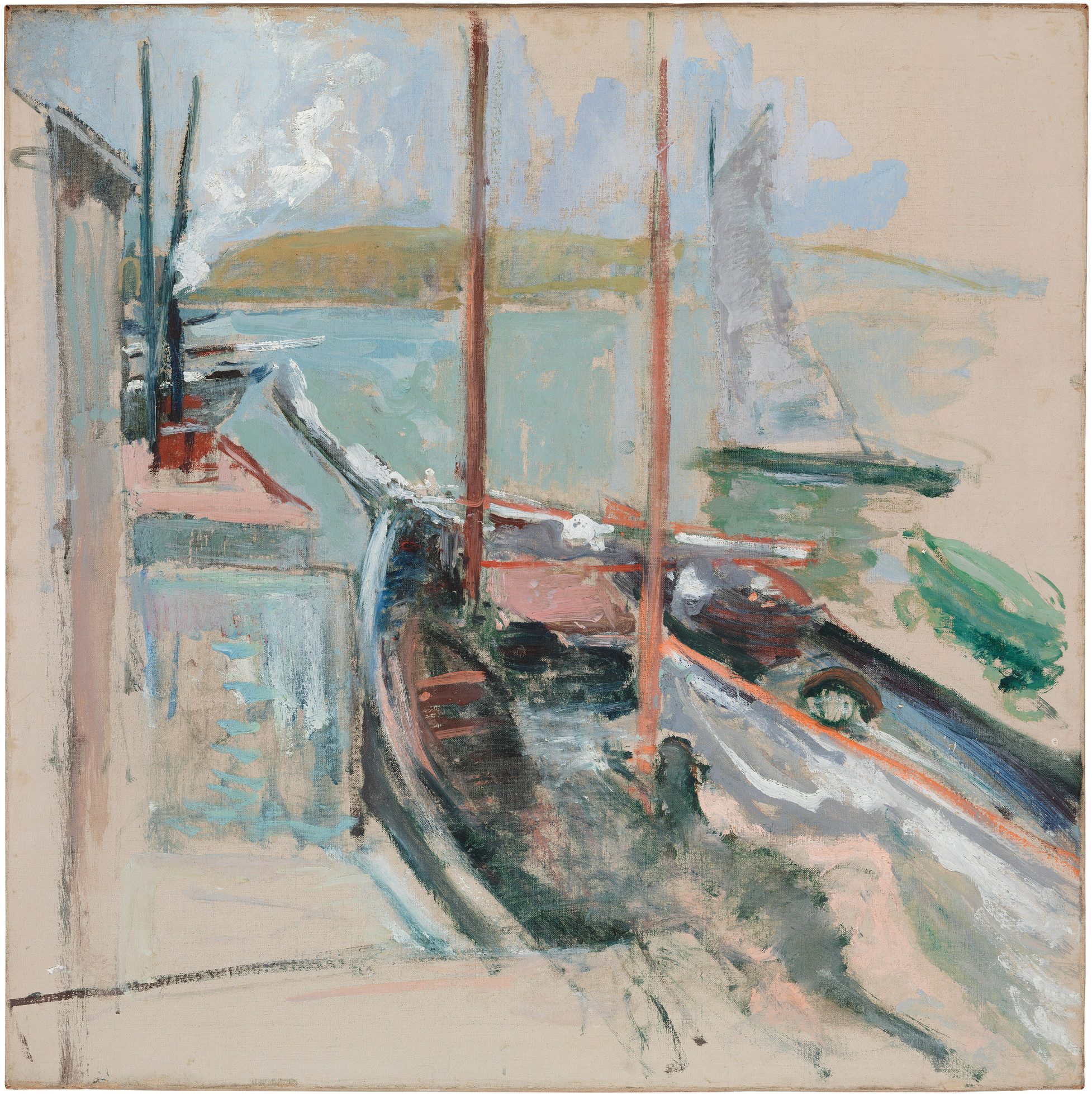
For your contribution to Remembrance of Things Future you drew inspiration from a 1900 painting by the American Impressionist John Henry Twachtman in LACMA’s collection. What drew you to this piece?
What immediately attracted me to this work was the complex negative space and the loose, gestural mark-making employed by Twachtman. Both of these are undoubtedly due to the fact that the painting was unfinished and left in its early stages. An artist can so easily overwork a piece. The fact that it was stopped short preserves a type of freshness that was rare in 1900, especially in the American scene.
That type of gestural freedom, and variety in mark-making styles, is something that has captivated me for years. It comes quite naturally when painting, but it’s completely the opposite of what comes naturally when working with an algorithm. And yet, I wondered: is there something systematic there that can be examined through the lens of the algorithm? How can I arrive at a similar level of freedom and surprise? This is an issue that I’ve been gnawing on for some time, particularly since I became familiar with the works of Joan Mitchell, who had a hand that captured this quality as well as any other artist I’ve seen.
I wanted to take the spirit of Harbor Scene and try to abstract and expand it, systematically. Could I preserve that sense of freedom and looseness and still arrive at entirely new compositions? Without control over the precise placement of elements, would the sensations of the harbor environment persist? And how would the computer, with its particular strengths and weaknesses, skew the outcome?
Early in the algorithm’s development, I made frequent references to the original Harbor Scene painting. It was important to use colors from that work and to take inspiration from the unique gestural qualities. As I progressed with the algorithm, I chose to view the original Harbor Scene less and less. I wasn’t aiming to reproduce that work. I had pulled all of my starting ingredients from it, but it was important to relax that relationship and allow the new work to take on a life of its own. I began to furnish and craft it with the components I am perennially obsessed with—uniquely digital artifacts, strong pops of color, and immediate abstract digestibility. It became my own.
Much has been said regarding the connections between generative art and conceptual art by minimalists like Sol LeWitt, who created instructions that spoke to an algorithmic sensibility. Your work, with respect to Twachtman, brings up a whole new set of art historical genealogies to consider. Is there a relationship between Impressionism and generative art that we can reflect upon? Twachtman captured fleeting moments where the effects of wind, light, and shadow on the land could be felt, returning in a serial manner to his subject matter. Similarly, Claude Monet, who in his Rouen Cathedral paintings—a series of more than 30 canvases depicting the facade of the French cathedral at different times of the day and year—created a narrative about chance and variations on a theme. What do you make of these linkages and the questions Twachtman and others were asking of the world?
The world around us is one large, ongoing generative process. The Impressionists heightened their sensitivity to find the particularly special moments and developed their skills to be able to capture them effectively. Part of what makes Monet’s series of Cathedral and Haystack paintings so fascinating is that they keep a constant structure but explore a change in some of the variables. That’s very much a generative approach to creating a body of work!
In fact, that’s a big part of what I enjoyed about working on this project. We often consider “generative” work with a narrow mindset focused on computer programming, but it has actually been an element of artistic practice for centuries. It’s beautiful to take a look at historic work and consider: what elements of this are systematic? Are there interesting structural ideas at play here? The answers, if you look carefully enough, are often rich and full of intrigue.





